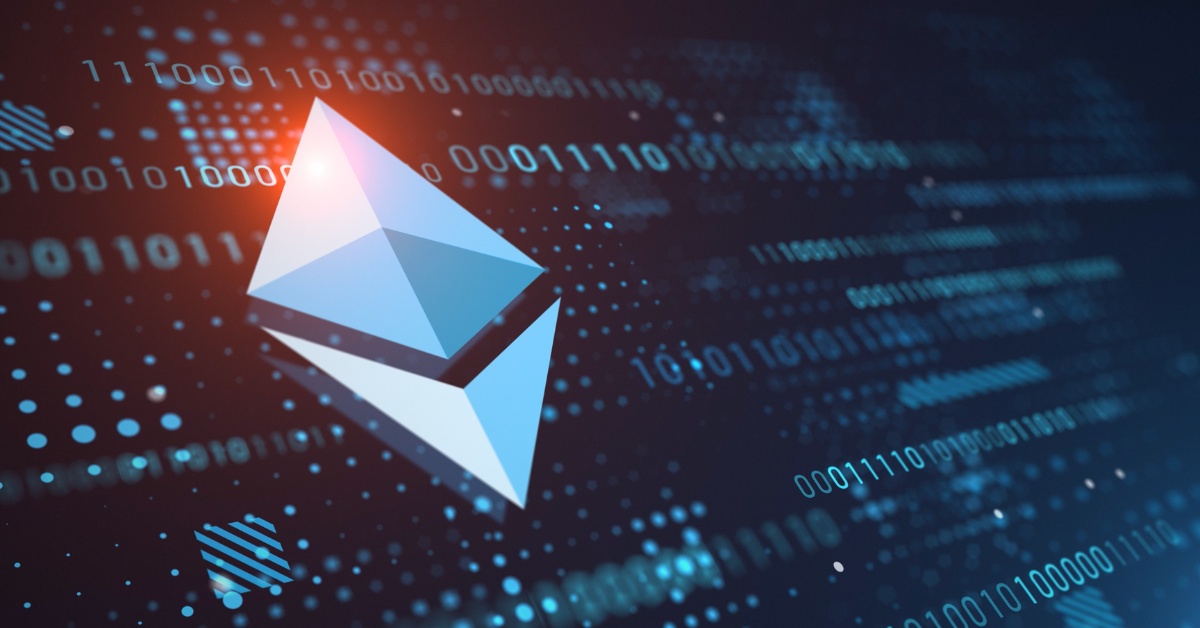As blockchain technology continues to mature, the landscape of token development undergoes constant evolution. ERC-20 tokens, built on the Ethereum blockchain, have been instrumental in the rise of decentralized finance (DeFi), non-fungible tokens (NFTs), and the broader cryptocurrency ecosystem. As we step into 2024, it's crucial to examine how ERC-20 token development is poised to evolve, shaping the future of digital assets and blockchain-based applications.
-
Interoperability and Cross-Chain Functionality: In 2024, one of the prominent trends in ERC-20 token development is the focus on interoperability. Blockchain projects are increasingly exploring ways to enable seamless communication and value transfer between different blockchain networks. This involves the development of bridges and protocols that facilitate cross-chain interoperability, allowing ERC-20 tokens to interact with tokens on other blockchains such as Polkadot, Binance Smart Chain, and Solana. As interoperability becomes more attainable, it opens up new possibilities for decentralized finance, cross-chain asset swaps, and decentralized exchange (DEX) platforms.
-
Enhanced Scalability Solutions: Scalability has been a longstanding challenge for Ethereum and ERC-20 tokens, often leading to network congestion and high transaction fees during periods of high demand. However, in 2024, the landscape is shifting with the emergence of Layer 2 scaling solutions and Ethereum 2.0 upgrades. Projects like Optimism, Arbitrum, and zkSync are providing solutions to improve the throughput and efficiency of ERC-20 token transactions, reducing congestion and lowering transaction costs. These scalability enhancements not only benefit existing DeFi applications but also pave the way for the mainstream adoption of blockchain technology by enabling smoother user experiences and lower barriers to entry.
-
Focus on Security and Auditing: With the proliferation of DeFi protocols and the increasing value locked in smart contracts, security remains a top priority for ERC-20 token development in 2024. Projects are placing a greater emphasis on rigorous security audits, formal verification methods, and bug bounty programs to identify and address vulnerabilities in smart contracts before they are deployed to the Ethereum mainnet. Additionally, advancements in tooling and development frameworks are making it easier for developers to write secure smart contracts and adhere to best practices in code review and testing. By prioritizing security, ERC-20 token projects aim to instill trust and confidence among users and investors, fostering a more resilient and secure DeFi ecosystem.
-
Token Standardization and Innovation: While ERC-20 has been the dominant token standard on Ethereum, 2024 brings about a wave of innovation and experimentation with new token standards and protocols. Projects are exploring alternative standards such as ERC-721 for NFTs, ERC-1155 for semi-fungible tokens, and ERC-223 for improved token transfer functionality. These standards offer unique features and capabilities that cater to specific use cases, expanding the utility and versatility of tokenized assets on the Ethereum blockchain. Furthermore, the introduction of token templates and modular smart contract frameworks simplifies the process of token creation, empowering developers to iterate and innovate more rapidly.
-
Regulatory Compliance and Governance: As the regulatory landscape surrounding cryptocurrencies and blockchain technology continues to evolve, ERC-20 token projects are increasingly focusing on compliance and governance mechanisms. In 2024, we see a growing emphasis on regulatory-friendly token issuance frameworks, KYC/AML protocols, and decentralized governance structures. Projects are exploring hybrid models that balance decentralization with regulatory compliance, enabling them to operate within the bounds of legal frameworks while preserving the core tenets of blockchain technology. Additionally, decentralized autonomous organizations (DAOs) are gaining traction as governance mechanisms for ERC-20 token projects, allowing token holders to participate in decision-making processes and shape the future direction of the ecosystem.
Conclusion
As we look ahead to 2024, the future of ERC-20 token development is ripe with innovation and opportunity. From interoperability and scalability to security and governance, blockchain projects are pushing the boundaries of what's possible with tokenized assets on the Ethereum blockchain. By embracing these trends and harnessing the power of decentralized technology, we can unlock new avenues for financial inclusion, digital ownership, and decentralized governance, paving the way for a more open, transparent, and inclusive financial system.


No comments yet